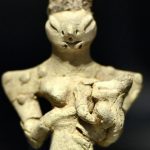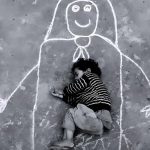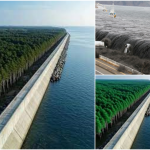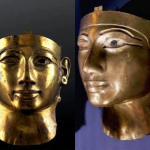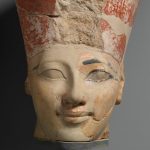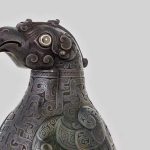The Hand of Hope

Related Videos:
The silence was the most terrifying sound. It was the crushing, absolute quiet that follows a devastating impact, broken only by the frantic scraping of shovels and the muted cries of a community plunged into immediate grief. It was 2023, and beneath the chaotic dust and fractured concrete of a disaster in Myanmar, life seemed irrevocably extinguished.

For hours, the rescue teams worked—a desperate, weary effort against tons of unstable debris. The hope, initially burning bright, began to flicker, dampened by the sheer scale of the destruction. It was late afternoon when one of the volunteers, a man named Htun, paused, wiping sweat and dust from his eyes. He thought he saw a flicker of color in a narrow crevice.

He called out, his voice hoarse, and then, he saw it clearly. A baby’s tiny hand. Small, curled, and almost impossibly delicate, it reached out from beneath the massive, broken slab of what had once been a wall.
As the team cautiously worked to stabilize the remaining rubble, Htun peered closer. The light was dim, but he could see a face. Bruised and covered in fine gray dust, the baby—no more than a few months old—was alive. But it was not the fact of his survival that stopped Htun’s breath; it was the expression.

The baby’s calm eyes looked at the world. They were wide, dark pools of serenity that seemed to take in the chaos around them without fear, without comprehension of the disaster they were in. There was no wailing, no panic—just an uncanny peace.
The final moments of the rescue were agonizingly slow, a delicate dance against time and gravity. When the last piece of concrete was moved, the little soul, bruised but unbroken, was lifted into the open air. He was thin, dehydrated, but otherwise miraculously intact.

His rescue was not just a medical triumph; it was an emotional lightning strike. Photos of that tiny, reaching hand and those impossibly serene eyes quickly circulated, moving beyond borders and languages. He was dubbed “The Little Anchor,” his image becoming a universal symbol of hope.
The baby, later confirmed to be named Aung, was a living testament to an enduring truth: that even in the darkest, most broken moments, the human spirit can still shine its brightest. His presence, his quiet courage, was a rebuke to despair.

To the people of Myanmar and the world watching, Aung’s survival was more than just a miracle. It was a reminder that life, in its purest, most resilient form, will always reach for the light. It proved that sometimes, the greatest strength is not found in shouting or fighting, but in the peaceful, unwavering gaze of a child who refuses to be crushed by the weight of the world. He was a small, dusty promise: a symbol of rebirth and the unstoppable momentum of life.


